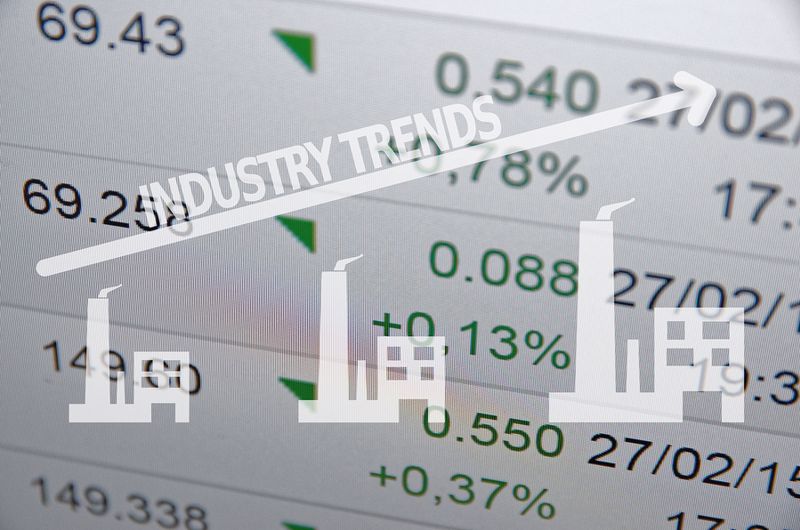With indicators painting two very different pictures about how the United States' economy is performing at the moment and over the past few years, some have questioned whether the typical indicator of whether the country is experiencing a recession — gross domestic product — is an accurate measurement. Since the unemployment rate remains at record lows and many industries are still looking for more applicants to fill open roles, if the country is indeed ensconced in a recession, it's a highly unusual one.
But there's another fairly new measure that some experts believe is a more accurate barometer of how the economy is doing. It's called gross output, (GO) and it just may replace GDP as the go-to evaluative yardstick that offers a more comprehensive reflection of the nation's economic performance. And it takes the supply chain into account.
What is gross output?
As the Bureau of Economic Analysis defines it, GO assesses business owners' ability to mass produce over a given period (such as a three months). Such a definition — measuring businesses' output during a quarter — sounds a lot like gross domestic product: the total value of goods and services that industries churn out. But what makes GO different is it takes into account business owners' cost to produce those goods. GDP only measures the final product. GO factors in the labor and capital companies expend to sell their items. The BEA defines GO as "a measure of an industry's sales or receipts, which can include sales to final users in the economy (GDP) or sales to other industries."
The BEA also defines GO as the sum of an industry's "value added" — which represents the difference between gross production and intermediate production — combined with its intermediate inputs. "Intermediate inputs" refers to the resources that are used and expended to make the final product, which represent aspects of the supply chain.

Why do some consider GO to be a better guidepost for the economy's health?
What lends the most credibility to its assessment is the supply chain element, according to Mark Skousen, an author and chair in free enterprise at Chapman University. In an opinion piece for The Wall Street Journal, Skousen noted that GDP doesn't take the supply chain into account, which makes it a less reliable indicator by discounting critical contextual information regarding what businesses spend on development. Additionally, by ignoring intermediate input, GDP winds up measuring less than half — 44% — of economic activity in any given period. This means every GDP report fails to account for the trillions of dollars dedicated to intermediate production in a reporting period.
How much do business owners spend on the supply chain?
Last year, what companies invested in supply chain activity nearly doubled consumer spending. GO data shows the amount was $30 trillion in 2021, compared to the $16 trillion spent by consumers for those products, according to Skousen's website.
Fundamentally, Skousen and other GO adherents contend this measure offers a more well-rounded understanding and reflection of all that goes into product-based industries, and as a result, serves as a better portrayal of the economy's overall state — be it thriving or struggling.


Post A Comment:
0 comments so far,add yours